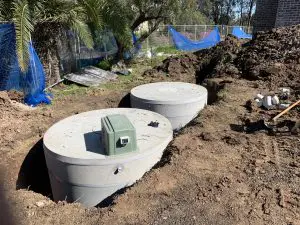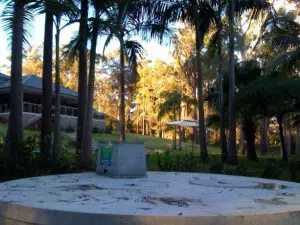STOP Flushing These 12 Things Down Your Drain:Protect Your Pipes
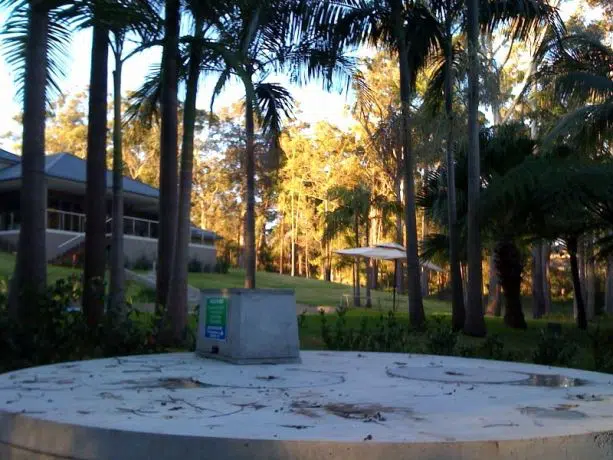
Flushing the wrong items down your drains or toilet can lead to clogged pipes, costly repairs, and serious environmental damage. Here are the top 12 items that should never make their way into your plumbing system, along with tips for safer disposal alternatives. By keeping these 12 items out of your drains, you’ll be protecting your plumbing, reducing the risk of clogs, and doing your part for the environment. Proper disposal helps reduce maintenance costs and ensures a cleaner, healthier ecosystem for future generations.
Septic Tank Efficiency: How an Upgraded System Can Reduce Your Utility Bills
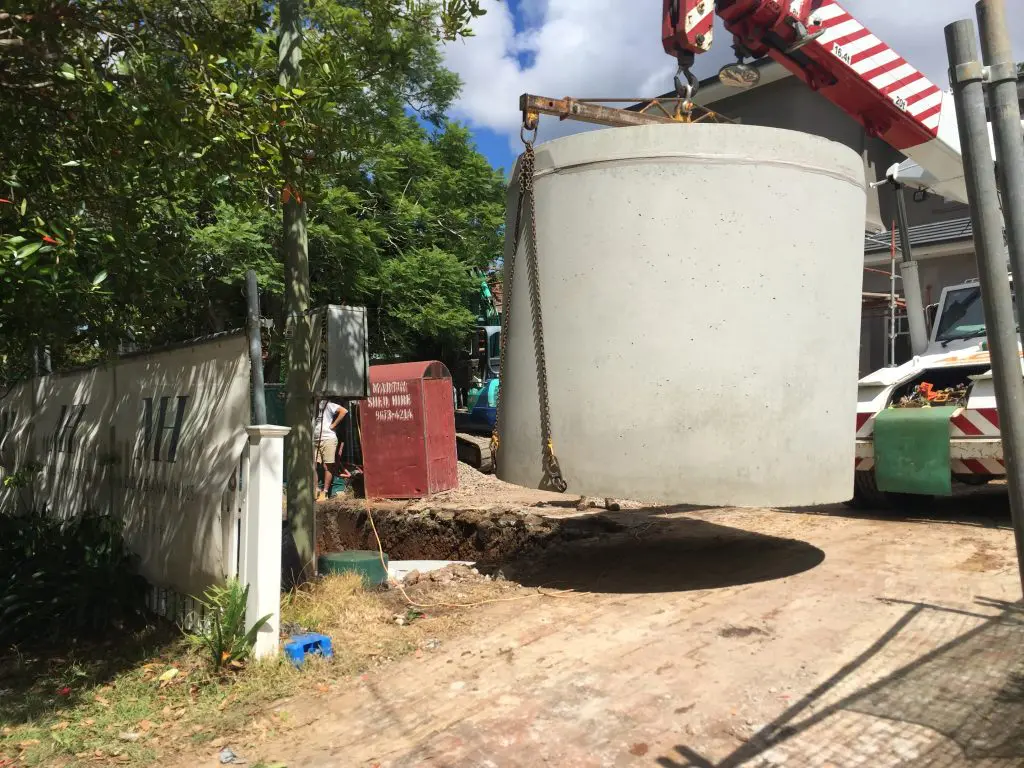
Managing a home involves numerous responsibilities, and one of the often-overlooked aspects is the efficiency of your septic system. Many homeowners are unaware that upgrading to a more advanced septic tank system can lead to substantial savings on utility bills. In this blog, we’ll explore how modern septic technology can enhance efficiency, reduce operational costs, and ultimately save you money.
Choosing Plants for Your Garden Near a Septic System
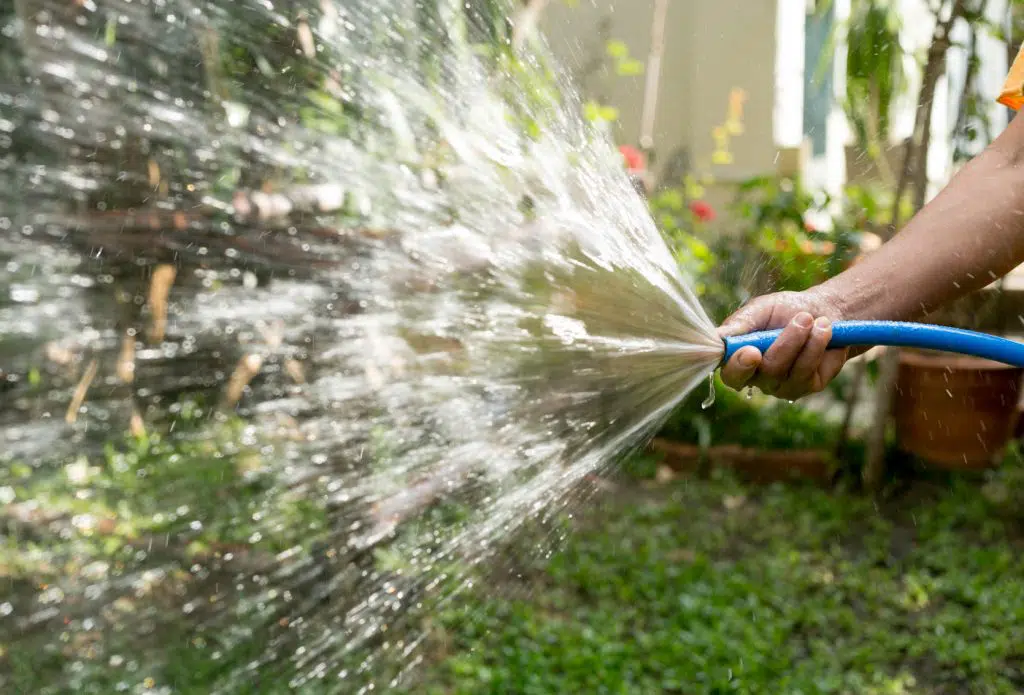
When planning your garden around a septic system, careful consideration of plant selection is crucial to ensure both the health of your plants and the proper functioning of your septic system. In this blog post, we’ll explore suitable plants for septic systems, considerations for gardening near septic tanks and drain fields, and tips for maintaining a healthy garden in this environment.
Cultivating Greenery: Maximizing Your Septic Tank Area with a Lush Garden
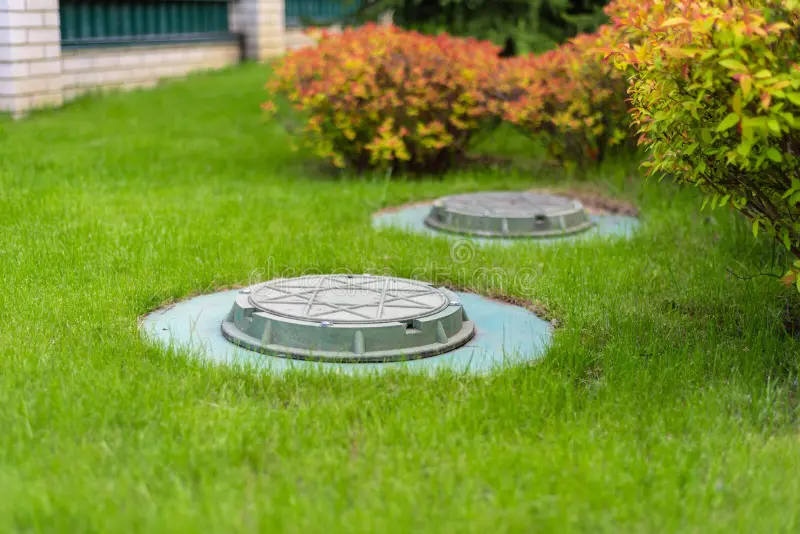
When it comes to landscaping around your home, the area above your septic tank might not be the first place that comes to mind. However, with a little creativity and careful planning, this often overlooked space can be transformed into a vibrant garden oasis. In this guide, we’ll explore the ins and outs of growing a garden around your septic tank system, offering tips and tricks for maximizing both the beauty and functionality of this essential area.
Cultivating a Garden near Your Septic Tank System – Insights and Advice
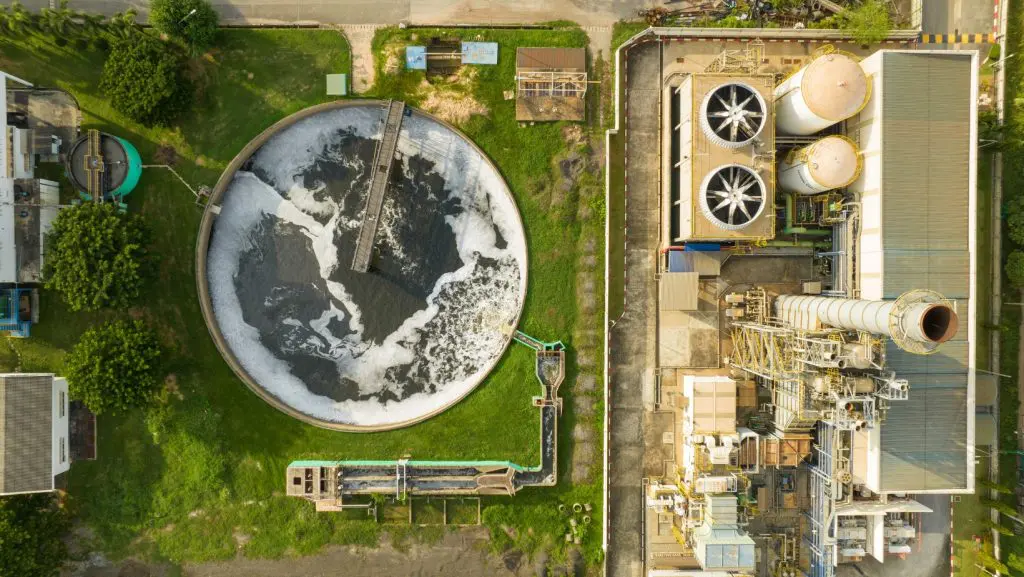
Your septic system is a vital part of your home’s infrastructure, quietly working to treat and dispose of wastewater. However, many homeowners unknowingly put their septic system at risk by using common household chemicals that can harm its delicate balance. In this comprehensive guide, we’ll explore the impact of household chemicals on your septic system, provide tips for maintaining its health, and offer best practices to extend its lifespan. Whether you’re a new homeowner or a seasoned septic system owner, understanding how these chemicals affect your system is crucial for its longevity and efficiency.
The Impact of Household Chemicals on Your Septic System: What You Need to Know
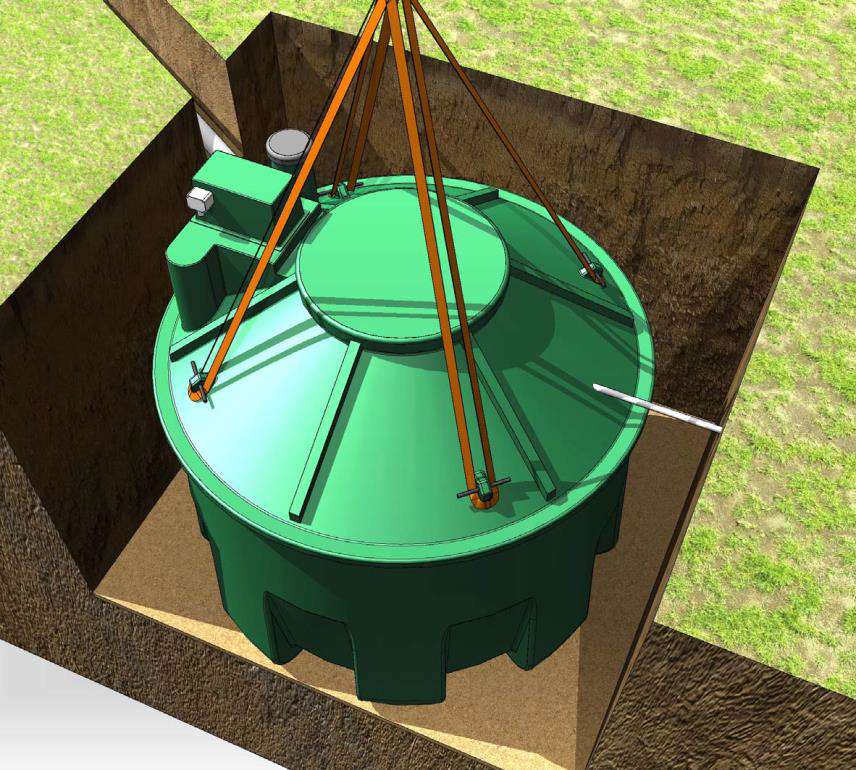
Your septic system is a vital part of your home’s infrastructure, quietly working to treat and dispose of wastewater. However, many homeowners unknowingly put their septic system at risk by using common household chemicals that can harm its delicate balance. In this comprehensive guide, we’ll explore the impact of household chemicals on your septic system, provide tips for maintaining its health, and offer best practices to extend its lifespan. Whether you’re a new homeowner or a seasoned septic system owner, understanding how these chemicals affect your system is crucial for its longevity and efficiency.
The Economics of Septic Systems: Saving Money and Investing Wisely in Your Home
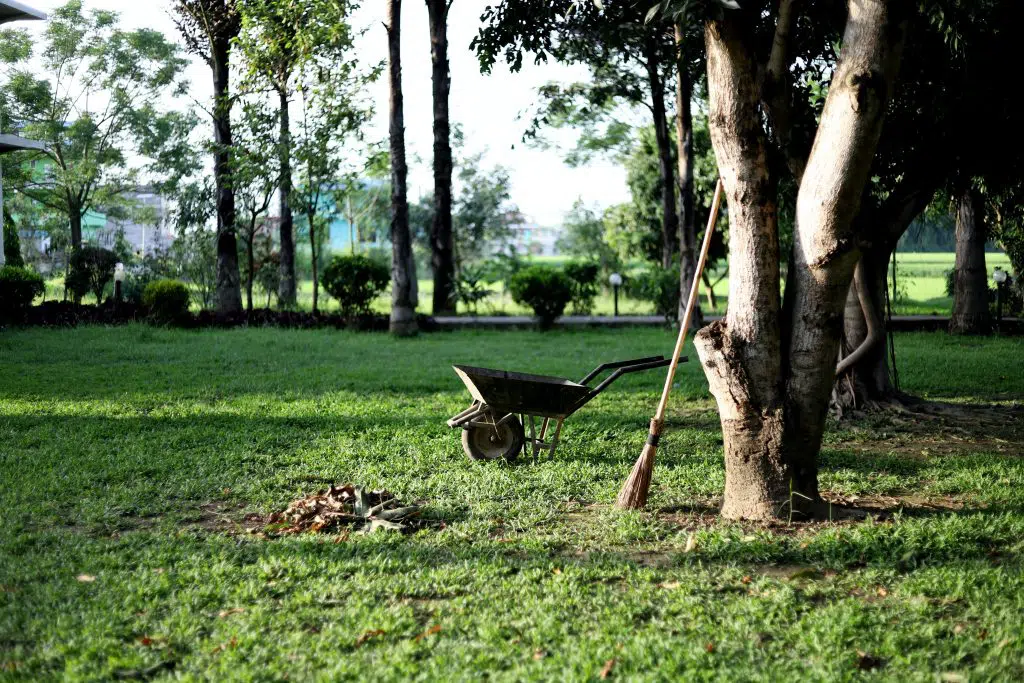
For many homeowners, the septic system is out of sight and out of mind until something goes wrong. Yet, understanding the economics of septic systems is essential for making informed decisions about maintenance and ensuring long-term savings. In this comprehensive guide, we’ll delve deep into the cost savings and long-term investments associated with septic system maintenance, providing valuable insights for the average consumer.
Sustainable Home Living: Strategies to Reduce Wastewater
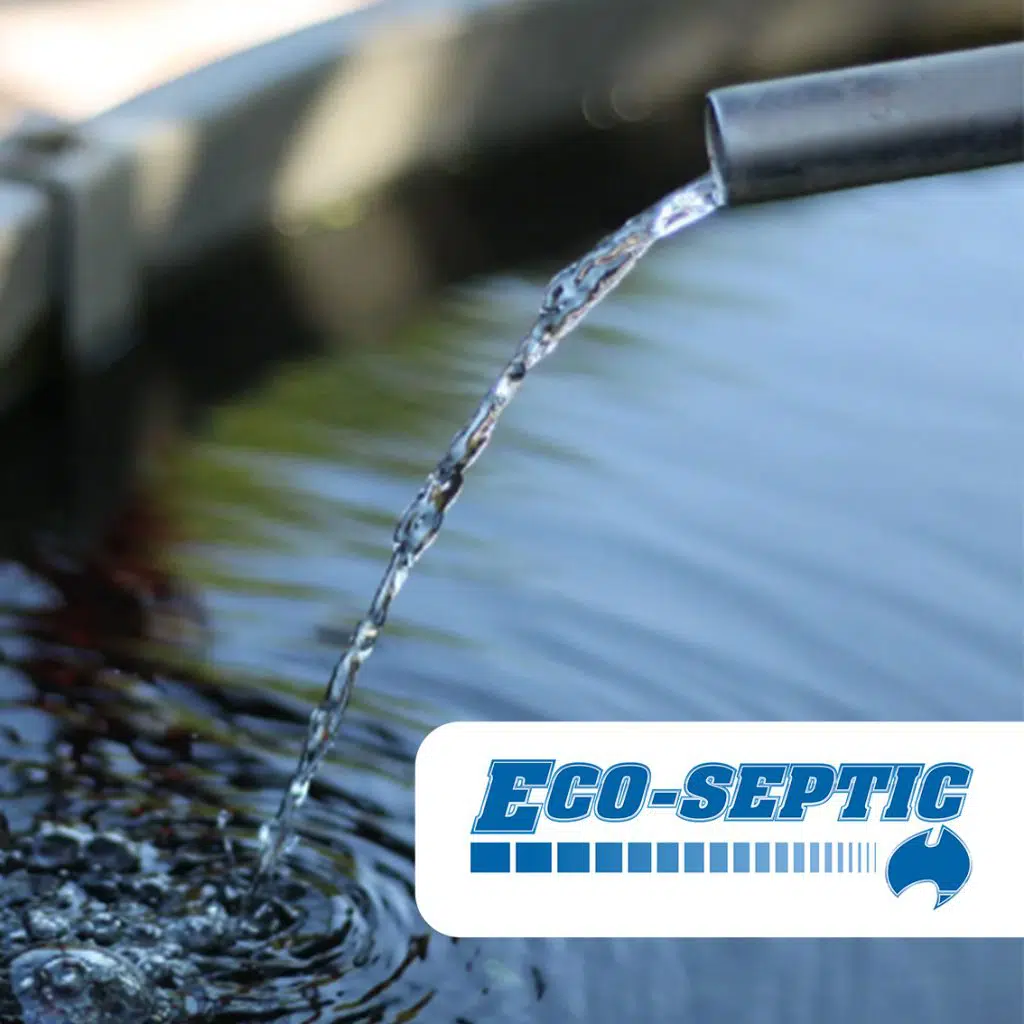
Water is the essence of life, and yet, we often squander it without a second thought. As concerns about water scarcity and environmental sustainability continue to rise, it’s imperative that we take proactive steps to reduce wastewater at home. By adopting simple yet effective strategies, we can not only conserve this precious resource but also minimize our impact on the environment. In this blog, we’ll explore various methods to reduce wastewater at home while promoting eco-friendly living.
The Economics of Septic Systems: Cost Savings and Long-Term Investments

Septic systems often conjure images of hidden infrastructure buried beneath lawns, but their economic implications are anything but invisible. For homeowners, understanding the economics of septic systems goes beyond initial installation costs; it encompasses long-term savings, environmental benefits, and the value they add to properties. In this comprehensive guide, we’ll explore how septic systems offer significant cost savings and serve as wise long-term investments for homeowners.
Understanding Wastewater Production and its Impact on Septic Systems
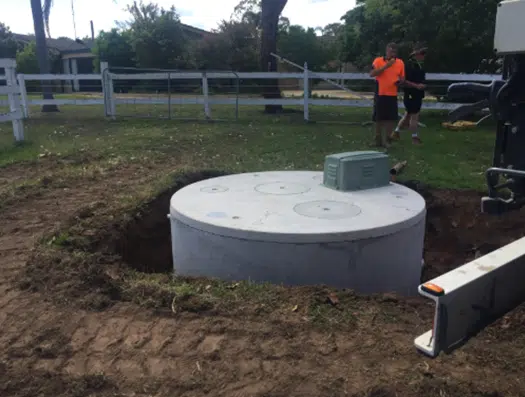
Expanding on the importance of AWTS maintenance involves further elucidating the significance of each aspect of maintenance, providing additional tips and insights for homeowners, and reinforcing the message of proactive care for a sustainable living environment.

